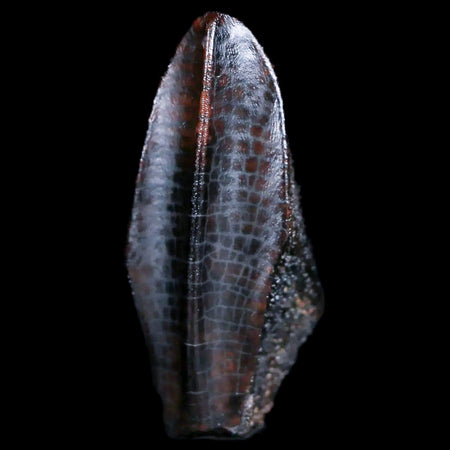Lambeosaurus Fossil Teeth
Lambeosaurus Dinosaur Collection
The Lambeosaurus dinosaur is a genus of the hadrosaur dinosaur that lived about 75 million years ago in the Late Cretaceous period. They were among the most dominant herbivore dinosaurs in Asia and North America.
The Lambeosaurus was first named and described by Lawrence Lambe in 1902. They measured about 9 meters (30 feet) long and 16.5 meters wide.
They had powerful hind limbs, shorter forelimbs, a long muscular tail, and large heads that rested on their small necks.
Their feet had three toes, and their hands had four fingers. Three of these fingers were wrapped in a fleshy ‘mitten.’ This ‘mitten’ then strengthened the hand to support the weight of its body when it walked.
The Lambeosaurus belonged to the subfamily of Lambeosaurinae; these lambeosaurines were a group of hadrosaurs with large, hollow, and bony crests of various shapes on their head.
Like all the hadrosaurs, Lambeosaur had a duck-like, bony snout covered by a beak. Inside of their mouth, they had hundreds of closely peaked teeth.
They were covered with uniform polygonal scales of 5 mm in diameter. These scales covered most of their body and were slightly larger in the tail.
The fossil remains of these dinosaur species were found in the Dinosaur Park Formation of Southern Alberta, Canada.




